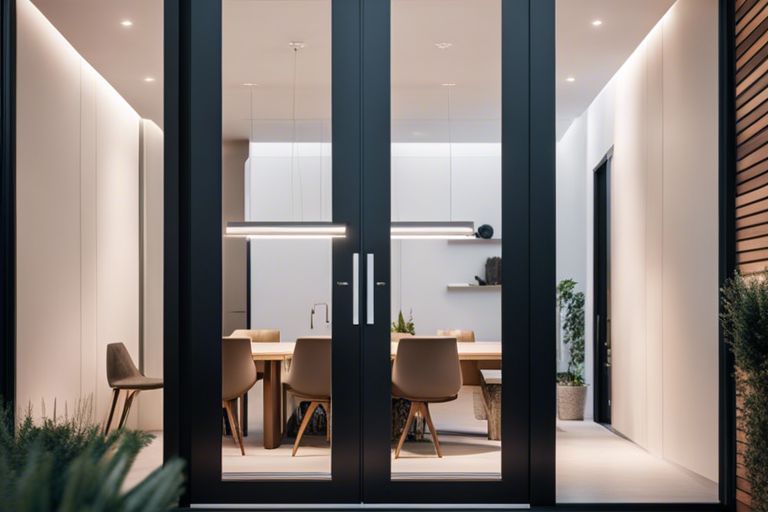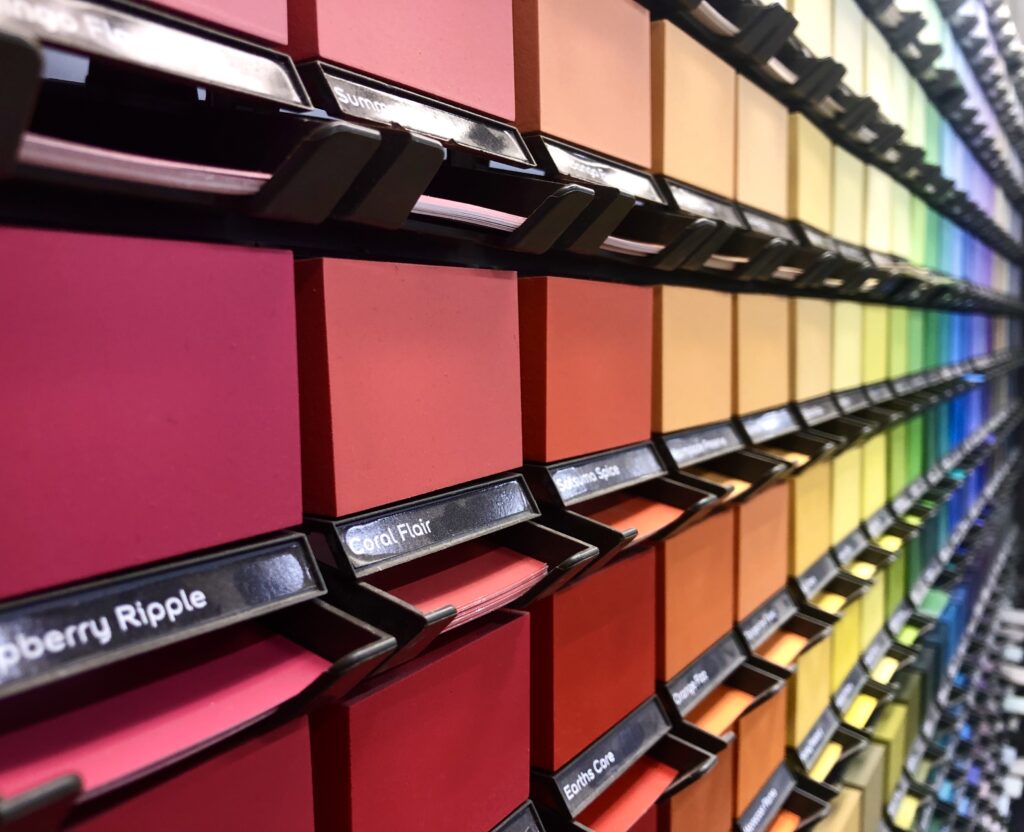When it comes to modern architectural design, curtain wall cladding plays a crucial role in not only enhancing the aesthetic appeal of a building but also ensuring its performance in terms of weather resistance, thermal insulation, and structural integrity. This innovative exterior system is designed to protect buildings from the elements while allowing natural light to flood the interiors, creating a sleek and contemporary look. It is essential to understand the importance of choosing the right materials and design to achieve both visual impact and functional efficiency. By combining cutting-edge technology with creative design, curtain wall cladding offers a versatile solution for architects and builders looking to create striking and high-performing façades.
Key Takeaways:
- Combining Aesthetics and Performance: Curtain wall cladding allows for a harmonious fusion of visual appeal and functional excellence.
- Enhanced Building Aesthetics: Curtain wall cladding can transform the appearance of a building, giving it a modern and sleek look.
- Improved Thermal and Acoustic Performance: The use of high-quality materials in curtain wall cladding enhances a building’s energy efficiency and noise insulation.

Evolution of Curtain Wall Technology
Historical Overview
The concept of curtain walls can be traced back to the 19th century, with the use of iron and glass in buildings like the Crystal Palace in London. However, it was not until the mid-20th century that curtain wall technology truly took off, with the development of lightweight materials and structural advancements.
Early curtain walls were primarily made of steel and glass panels, offering a sleek and modern aesthetic. As technology progressed, materials such as aluminium frames and composite panels became more prevalent, allowing for greater flexibility in design and improved energy efficiency.
Advances in Materials and Design
Recent years have seen significant advancements in curtain wall technology, with a focus on improving performance and sustainability. Innovations in materials like low-emissivity glass and photovoltaic panels have enabled curtain walls to enhance energy efficiency and generate renewable energy.
Furthermore, the integration of digital design tools and parametric modelling has revolutionised the way curtain walls are planned and executed. This has led to more intricate and bespoke designs, while also streamlining the manufacturing process for increased cost-effectiveness.
The use of recycled materials in curtain wall construction has also become more prevalent, emphasising the industry’s commitment to sustainability and environmental responsibility.
Aesthetic Considerations
When it comes to curtain wall cladding, aesthetics play a crucial role in enhancing the overall appearance of a building. The choice of cladding materials, colours, textures, and finishes can greatly impact the visual appeal and architectural character of a structure. A well-designed facade not only contributes to the building’s aesthetic value but also reflects the identity and vision of the project.
Design Flexibility and Creativity
Design flexibility and creativity are essential aspects of curtain wall cladding that allow architects and designers to push the boundaries of conventional building design. The use of innovative materials, advanced manufacturing techniques, and customised solutions enables the creation of unique and visually striking facades. The ability to experiment with different shapes, patterns, and configurations opens up a world of possibilities for creating buildings that stand out in terms of aesthetics.
With design flexibility, architects can explore a wide range of creative options to achieve their desired aesthetic goals. Whether it’s incorporating geometric patterns, dynamic interplays of light and shadow, or bold colour contrasts, the creative possibilities with curtain wall cladding are virtually limitless.
Integration with Architectural Styles
Integration with architectural styles is another key consideration when designing curtain wall cladding for a building. The facade should harmonise with the overall architectural language of the structure, whether it’s a sleek and modern design, a historic renovation, or a sustainable development. By selecting the right cladding materials, textures, and colours, architects can seamlessly integrate the facade with the building’s aesthetic and enhance its visual appeal.
When integrating curtain wall cladding with architectural styles, it is important to strike a balance between tradition and innovation. While embracing modern trends and technologies, architects must also respect the context and heritage of the surrounding environment. This thoughtful approach ensures that the building not only looks visually appealing but also contributes positively to the overall architectural fabric of its surroundings.
Performance and Functionality
When it comes to curtain wall cladding, performance and functionality are key considerations alongside aesthetics. The ability of the cladding system to meet the required technical performance standards while also providing functionality is crucial in ensuring the success of a building project.
Energy Efficiency and Sustainability
Energy efficiency and sustainability are major factors to consider when selecting curtain wall cladding systems. By choosing high-performance materials and incorporating features such as thermal breaks and double-glazed windows, buildings can significantly reduce energy consumption and carbon footprint. Sustainable cladding options such as aluminium composite panels can also enhance the overall sustainability of the building.
Furthermore, the design of the cladding system plays a vital role in enhancing energy efficiency by minimising heat loss and reducing the need for excessive artificial heating or cooling. By integrating sustainable practices into the design and selection of materials, buildings can achieve a balance between performance, aesthetics, and environmental impact.
Structural Integrity and Safety
Ensuring the structural integrity and safety of curtain wall cladding is essential to protect the building and its occupants. The cladding system must be able to withstand various external factors such as wind loads, thermal movements, and seismic activities to maintain a safe and secure environment.
By conducting thorough structural assessments and testing, architects and engineers can determine the optimal cladding system that meets safety standards and regulatory requirements. It is important to prioritise safety and secure cladding systems that have been certified to withstand potential hazards, providing peace of mind for building owners and occupants.

Installation and Maintenance
When it comes to curtain wall cladding, proper installation and maintenance are essential to ensure both the aesthetics and performance of the building. Installing a curtain wall requires precision and attention to detail to guarantee a seamless and durable finish.
Best Practices for Curtain Wall Installation
To achieve the best results, it is crucial to work with experienced professionals who specialise in curtain wall systems. They will have the expertise to handle the complexities of the installation process effectively. Regular inspections during installation are necessary to identify any issues early and address them promptly to avoid future problems.
Long-term Maintenance and Upkeep
Ensuring the longevity of curtain wall systems requires routine maintenance and upkeep. This involves regular cleaning to prevent the build-up of dirt and debris that can detract from the appearance of the cladding and impact its performance over time. Periodic inspections should also be conducted to assess the condition of the cladding and identify any signs of damage that may need repair.
Additionally, consider implementing a preventative maintenance programme to address any issues proactively and extend the lifespan of the curtain wall system. By investing in regular maintenance, you can protect the integrity of the cladding and preserve the aesthetics of the building for years to come.
Challenges and Innovations
Overcoming Environmental and Structural Challenges
Curtain wall cladding faces various challenges when it comes to environmental factors and structural integrity. Harsh weather conditions, such as extreme temperatures, high winds, and heavy rainfall, can put a strain on the cladding system. To overcome these challenges, innovations in materials and design have been developed.
Technological advancements have led to the use of high-performance materials that offer better resistance to weathering and structural stress. Additionally, improved installation techniques and engineering solutions have enhanced the durability and longevity of curtain wall cladding systems, ensuring they can withstand the harshest of conditions.
Future Trends in Curtain Wall Cladding
The future of curtain wall cladding is set to be influenced by advancements in sustainable materials, energy efficiency, and design aesthetics. Innovations such as photovoltaic-integrated cladding systems and self-healing materials are on the horizon, offering not only environmental benefits but also enhanced performance.
Architects and designers are increasingly incorporating smart technologies and dynamic facades into their curtain wall designs, creating visually striking buildings that respond to their environment. These future trends are shaping the evolution of curtain wall cladding, merging aesthetics with performance in innovative ways.

Curtain Wall Cladding – Combining Aesthetics and Performance
Thus, curtain wall cladding is a crucial element in modern architectural design, combining both aesthetics and performance to create visually stunning and functional buildings. The use of innovative materials and technologies allows architects to achieve creative and unique designs while also ensuring energy efficiency, weather protection, and structural integrity. By carefully selecting the right cladding system, architects can strike a balance between aesthetics and performance, enhancing the overall appeal and functionality of a building. It is clear that curtain wall cladding plays a significant role in shaping the skylines of our cities and will continue to be a key consideration in architectural design for years to come.
FAQ
Q: What is curtain wall cladding?
A: Curtain wall cladding refers to the external covering or envelope of a building’s curtain wall system. It enhances the aesthetics of the building while also providing functional benefits such as weather resistance and thermal performance.
Q: How does curtain wall cladding enhance the aesthetics of a building?
A: Curtain wall cladding offers architects a wide range of design options in terms of materials, colours, textures, and finishes. This allows for the creation of visually striking facades that can be customised to suit the overall design concept of the building.
Q: What are the performance benefits of using curtain wall cladding?
A: Curtain wall cladding not only improves the appearance of a building but also enhances its performance. It can help improve thermal efficiency, reduce energy consumption, enhance natural light levels, provide weather protection, and contribute to the overall sustainability of the building.






